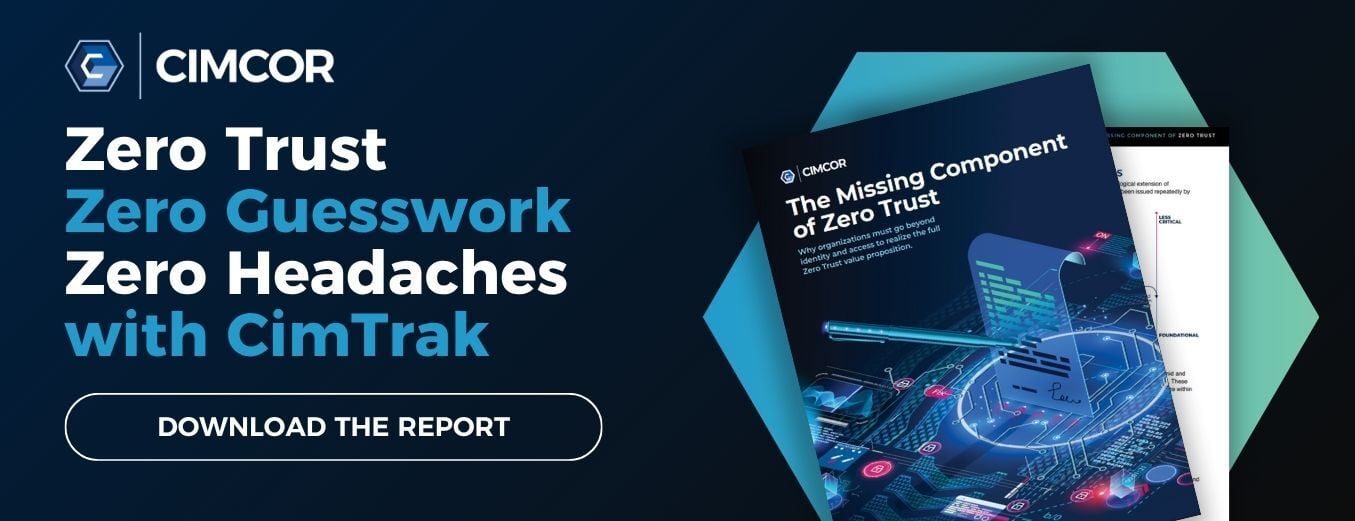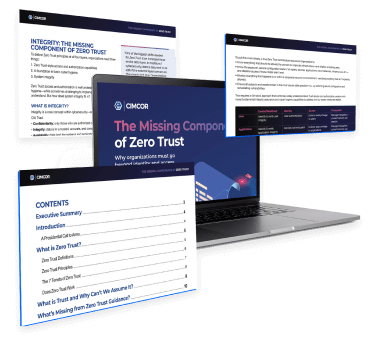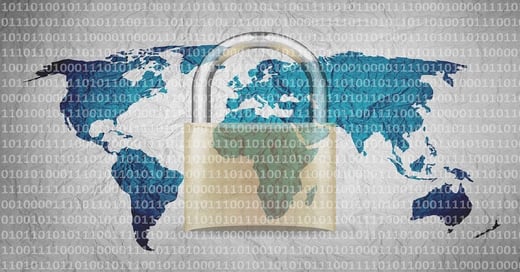Is your organization considering a Zero Trust Architecture? You’re not alone. According to a 2021 survey, 72% of businesses either were in the early stages of rolling out Zero Trust solutions or had plans to do so soon.
Zero Trust has become increasingly popular since Google adopted the cybersecurity model in 2014. However, it can be a heavy lift to implement. If you and your organization are still on the fence about putting in the time and effort to implement this solution, it may help to explore some key Zero Trust Architecture (ZTA) benefits in more detail.
This post covers six top Zero Trust Architecture benefits. For each, we’ll discuss how it can benefit your organization and how you can leverage it to its fullest potential.
Zero Trust Architecture Benefits: The Core Components of ZTA
Zero Trust is a cybersecurity approach that starts from the position that a breach is inevitable—if it has not already occurred. Therefore, in Zero Trust, you must continuously verify user identities and monitor their activity rather than focusing solely on perimeter security.
Under another model of system integrity, you may assume any activity within the perimeter can be trusted. Still, these models open your organization to insider threats and allow for greater lateral movement by an attacker who manages to breach your perimeter.
NIST SP 8007-207 includes seven core tenets of Zero Trust. The seven tenets of Zero Trust are:
- All data sources and computing services are considered resources.
- All communication is secured regardless of network location.
- Access to individual enterprise resources is granted on a per-session basis.
- Access to resources is determined by dynamic policy.
- The enterprise monitors and measures the integrity and security posture of all owned and associated assets.
- All resource authentication and authorization are dynamic and strictly enforced before access is allowed.
- The enterprise collects as much information as possible on the current state of assets, network infrastructure, and communications and uses it to improve its security posture.
With this understanding of Zero Trust and its core tenets, we are ready to examine six benefits your organization can enjoy when implementing this cybersecurity methodology.
1. Increased Visibility
Implementing Zero Trust will require your organization to adopt fine-grained access controls. Rather than granting broad-scale permissions to all employees, workers will receive access based on their specific job duties. This increased accountability means you have more visibility into who is performing what actions in your network and when they are performing them.
Greater visibility can be beneficial due to identifying regular and even irregular behavior patterns. Understanding normal employee behavior can help you easily identify potential threats and breaches.
Additionally, when the pool of employees with access to each resource is smaller, it is easier to narrow down the source of a breach should one occur.
You can leverage this benefit by taking advantage of individualized user and device access controls. Provide users with the minimum system access they need to complete daily job duties/functions. You may also choose to implement just-in-time (JIT) access controls, which grant specialized access to users at only the exact time they need such access.
This specialized access brings us to the next benefit of Zero Trust: preventing integrity drift.
2. Prevent Integrity Drift
Another benefit you can enjoy when implementing Zero Trust is the prevention of integrity drift. Integrity drift occurs when employees access, alter, and/or delete data outside their scope, causing your data to become less reliable and accurate over time.
Zero Trust helps prevent this challenge by providing you with dynamic access controls that allow you to control who has access to what data. By targeting access for all users to give them only the access they need to complete their jobs, you limit the risk of accidental or malicious changes by unauthorized parties.
You can also use a solution like CimTrak to prevent integrity drift by preventing changes entirely for certain critical files or directories that should never change.
3. Reduced Mean Time To Identify
Ideally, you hope an attacker will never breach your network’s perimeter. However, with cyberattacks constantly increasing in frequency and sophistication, every organization must operate under the assumption that a breach is inevitable. When you implement Zero Trust practices in your organization, you can identify these breaches faster and more easily.
The average time to identify and contain a breach is 287 days. Imagine the damage an attacker can do to your organization and its data over that amount of time. When you implement Zero Trust practices and the right tools, like CimTrak’s file integrity monitoring with system integrity assurance, you can reduce breach identification time to seconds.
Implementing processes such as tracking user behavior, locking down unnecessary access, and monitoring your network for unusual data access patterns can help organizations reduce the time to identify changes that can lead to a breach. CimTrak automates this process, freeing up IT staff to focus their efforts elsewhere.
4. Internal Threat Protection
You want to believe you can trust the employees at your organization, but your network may have internal users with malicious intentions. IBM estimates that upwards of 60 percent of all attacks come from internal threats.
Even if your employees do not have malicious intent, phishing or other social engineering attacks may allow an external attacker to pose as a genuine employee and gain access to your network and data.
When implementing Zero Trust, using micro-segmentation and access control can be utilized to help see which users are taking what action within your system. This insight allows you to narrow down the source of a breach more easily.
By preventing users from accessing or altering data they do not need to perform their job, the scope of the damage a malicious employee can do becomes more narrow.
Speaking of your employees, Zero Trust also benefits the well-intentioned employees in your organization. Next, we’ll discuss how these practices can improve your employees’ user experience.
5. Improved Employee Experience
Access challenges are common in many organizations. Employees who need access to a new application may have to wait to be manually granted access. After making the request, another employee may need to review their request and push access manually. With Zero Trust, you can set up automated access controls to remove these types of bottlenecks.
This practice can increase efficiency and productivity as users will have streamlined access to the applications and data they need to perform their job duties without waiting for approval. Additionally, no employees will have access to data they do not need to complete their work.
Segmenting your employee population and setting up automated approvals will save your IT and management teams time and headaches related to user access.
Lastly, let’s discuss how Zero Trust can assist you with your compliance efforts.
6. Streamlined Compliance Efforts
To maintain compliance with various requirements and regulations, your organization must maintain logs and records of user access and data requests. These logs can feel tedious to maintain or recreate. However, with Zero Trust, it becomes all but automatic.
Zero Trust processes evaluate and log every access request, providing you with a simple-to-reference audit trail. Tools like CimTrak, which integrate seamlessly with Zero Trust initiatives, provide these logs for you, ensuring you always have the documentation you need to remain compliant.
Implementing Zero Trust and leveraging the right tool—like CimTrak—can help provide you with a path to continuous compliance.
Leveraging Zero Trust Architecture Benefits in Your Organization
Implementing a Zero Trust Architecture in your organization can help easily defend against and help prevent breaches while also streamlining access and compliance efforts. By requiring verified proof instead of relying on implicit trust, you can ensure that each change in your system is legitimate, authorized, and secure.
You will need a robust system integrity assurance solution to fully leverage your new Zero Trust Architecture's benefits. The right solution for your business can help you identify, combat, and roll back unknown or unauthorized changes.
CimTrak’s solution provides all the functionality of a standard File Integrity Monitoring software, plus features that reduce change noise and more. Check out an instant preview of our solution today, or learn more about Zero Trust with our free resource, Missing Components of Zero Trust, today.
Tags:
Zero Trust
October 13, 2022




